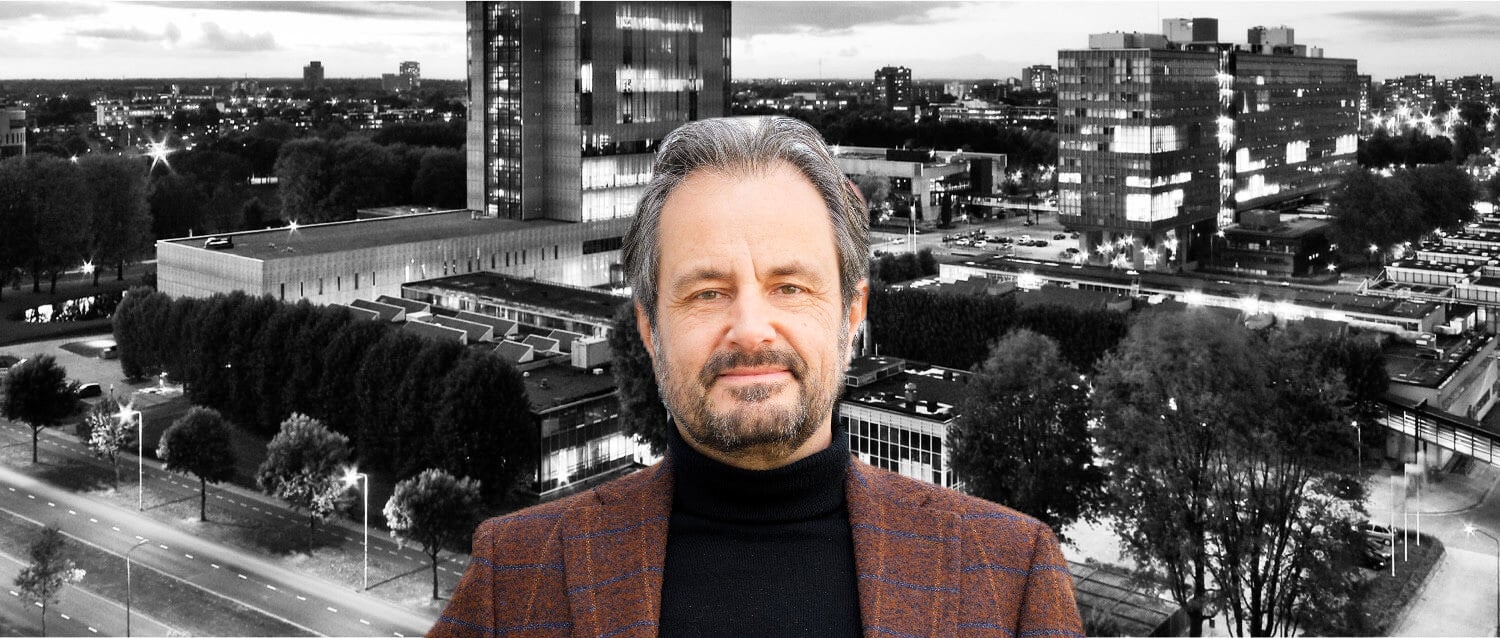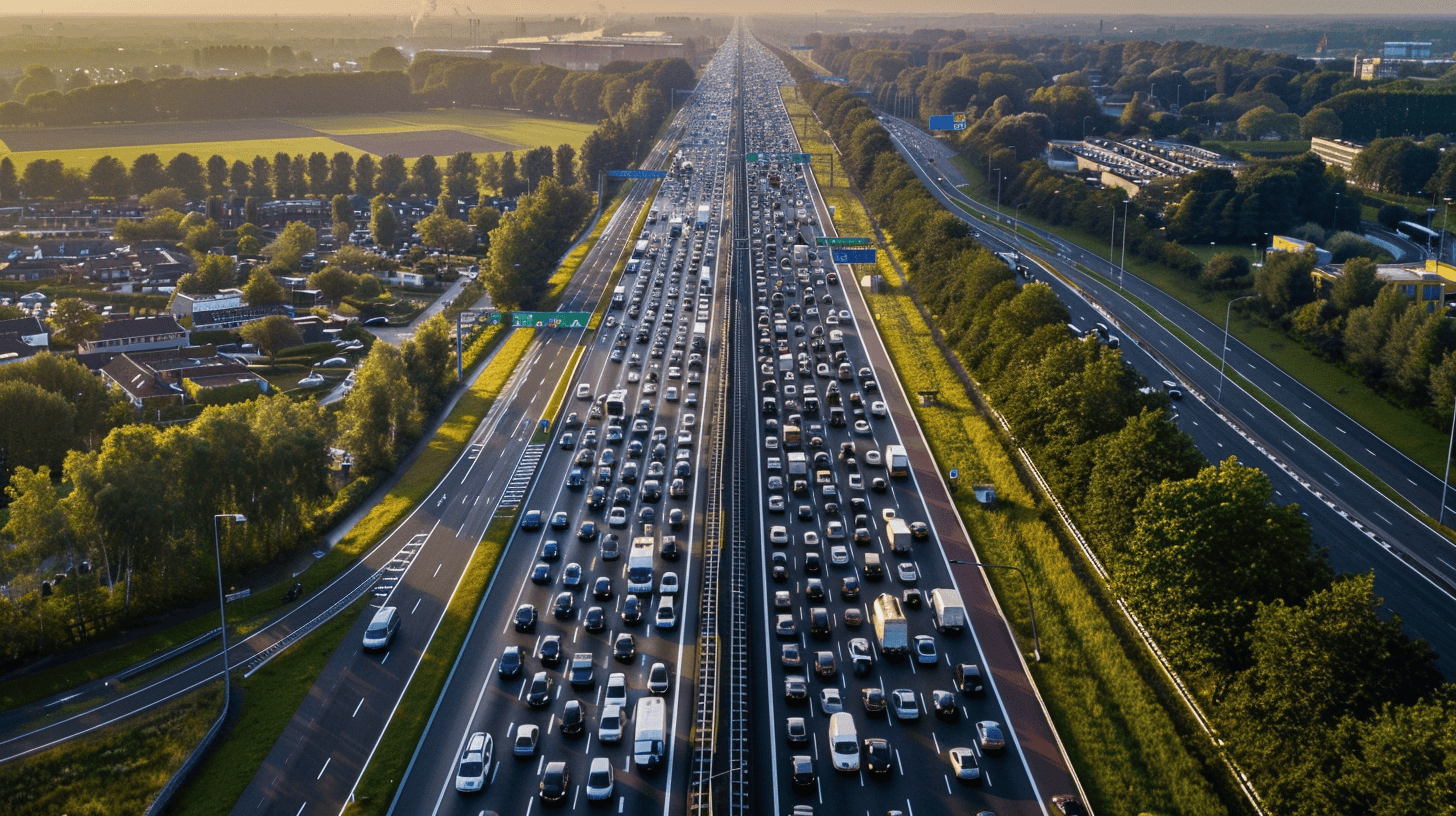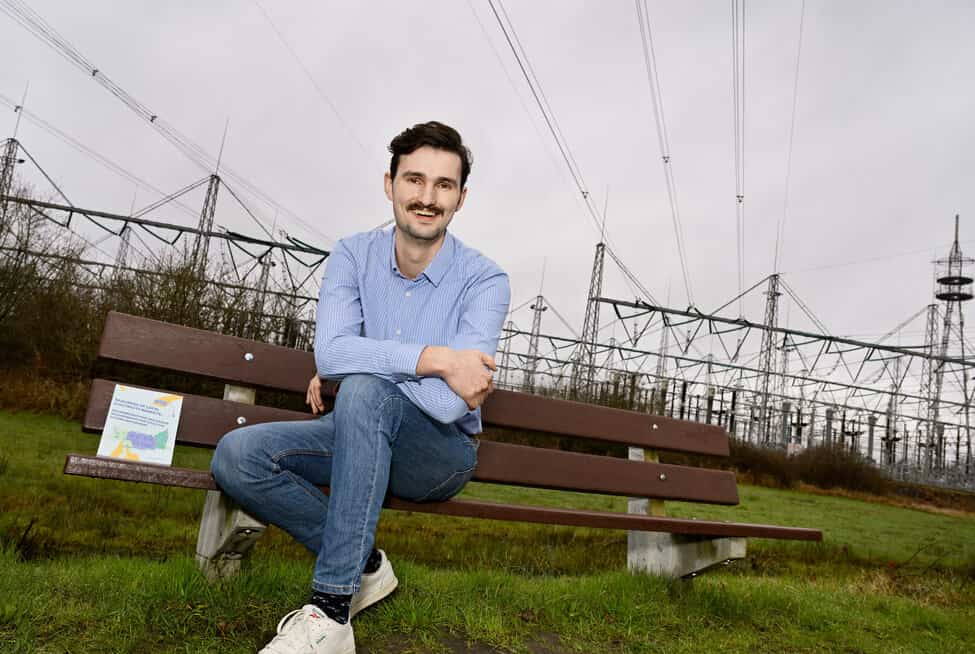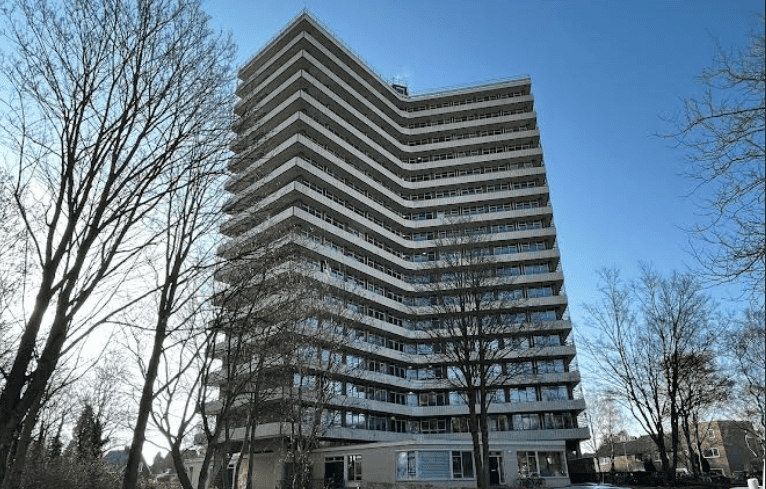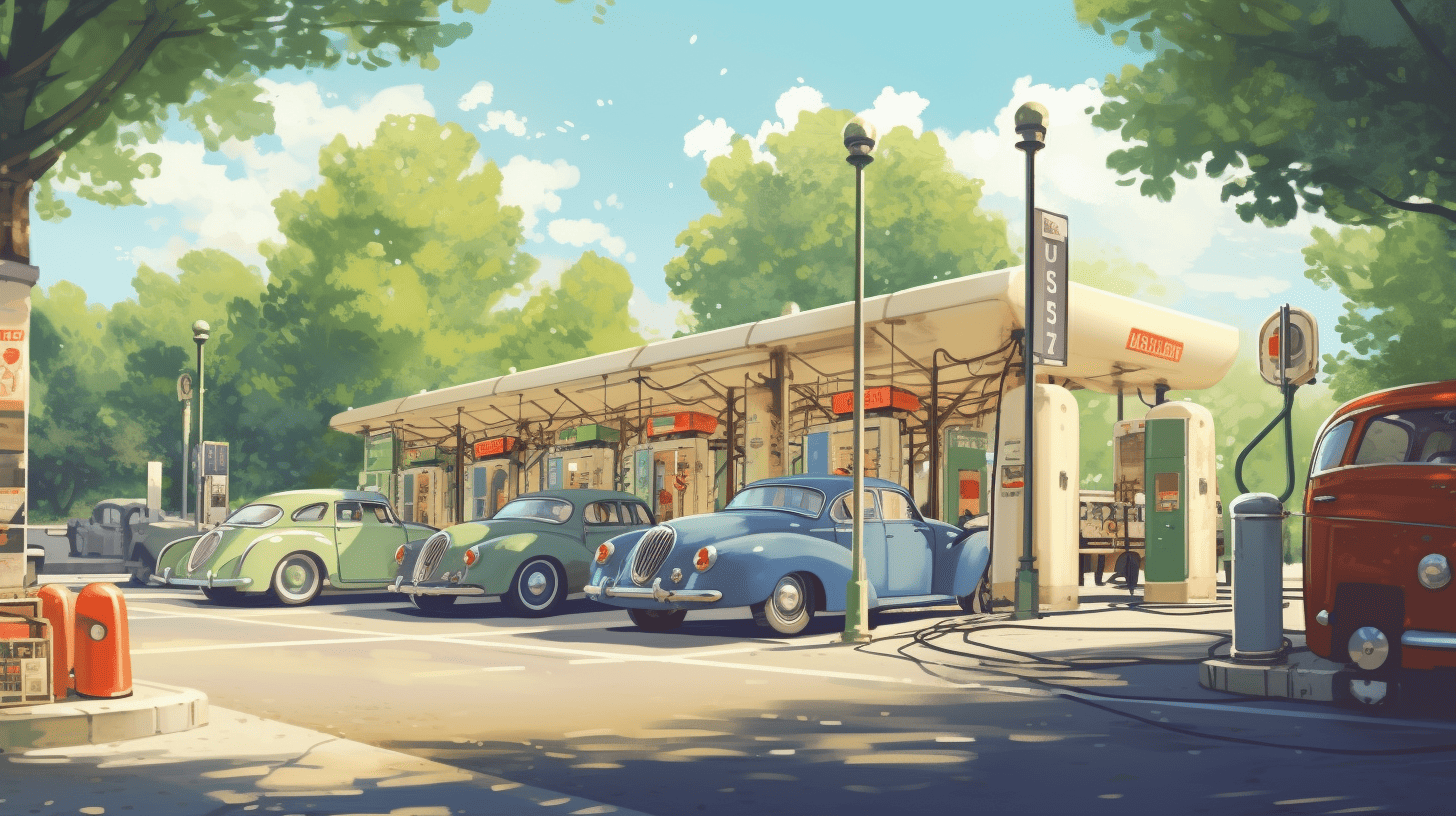
Now that we are much more than normally confined to our homes, you would expect us to be on the road a lot less. But once again it turns out that a human is naturally inclined to spend more than an hour on the road. Even if it is not necessary for anything. This is currently expressed in a shift from commuting to leisure traffic. An effect that is expected to remain partially so after the pandemic. Mobility, not because you need to, but because you can. An interesting consequence of this is the strongly increased share of walking and cycling within our mobility pattern. So we are still on the streets for about as long as before, but those streets much more often have taken the shape of a bicycle or walking path.
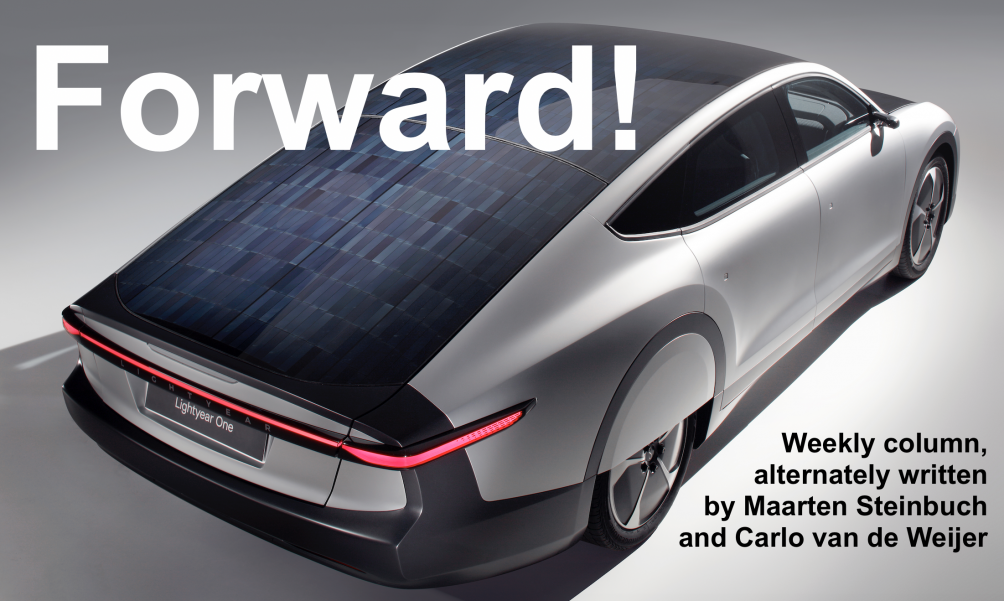
As a result, a striking new phenomenon can be observed: pedestrian congestion. Let’s apply all the one-liners about combating traffic jams that the mobility clubs have been spouting for years. Because if we don’t act now, the Netherlands will become totally gridlocked. For years, pedestrian bottlenecks have been insufficiently addressed by politicians. In urban areas, in particular, the capacity of the sidewalk and footpath has reached its limit. After all, apart from a single drive-in, the entire middle class runs on pedestrians. In addition, a walkable park is of essential value for the quality of our business climate and thus for our economy.
Take, for example, the Amelisweerd walking park to the east of Utrecht. We can no longer wait to expand that park in order to prevent damage to the quality of life and thus to the economic strength of the Utrecht region. Unfortunately, this much-needed expansion will have to be done at the expense of the adjacent A27 motorway. It will have to give up one lane. To compensate, there will be substantial investments in noise barriers to protect motorists from the noise of children playing, people chatting and birds singing. And moving forward, the sacrificed half-mile of the motorway will be compensated elsewhere in the country.
“To compensate, there will be substantial investments in noise barriers to protect motorists from the noise of children playing, people chatting and birds singing.”
Carlo van de Weijer
It should be clear that this thought experiment is primarily intended as a call to ensure that we do not end up with less space for pedestrians and cyclists. After all, that space is increasingly important economically and socially, because of the positive effects on establishing businesses. On the other hand, the economic and social benefits of investments in road or rail for even better accessibility are increasingly difficult to justify. Creating space for pedestrians is the motto and that goes far beyond walking parks. It is more pleasant to stay in an environment where everything is easily accessible on foot.
For those who want to know how to make our cities and villages walk-friendly, I recommend the recently published Loop! by Annemieke Molster, the Dutch forerunner in the field of pedestrian-friendly urban planning. She has developed ten design principles that together ensure that more people will walk more. From de-cluttering the sidewalk to strategically locating a doctor, pharmacy, and supermarket. Because with that kind of cleverness, people will walk much more, with all the benefits for themselves and for society. And all this without pedestrian congestion.
Maarten Steinbuch and Carlo van de Weijer are alternately writing this weekly column, originally published (in Dutch) in FD. Did you like it? There’s more to enjoy: a new book with a selection of these columns has just been published by 24U and distributed by Lecturis.

